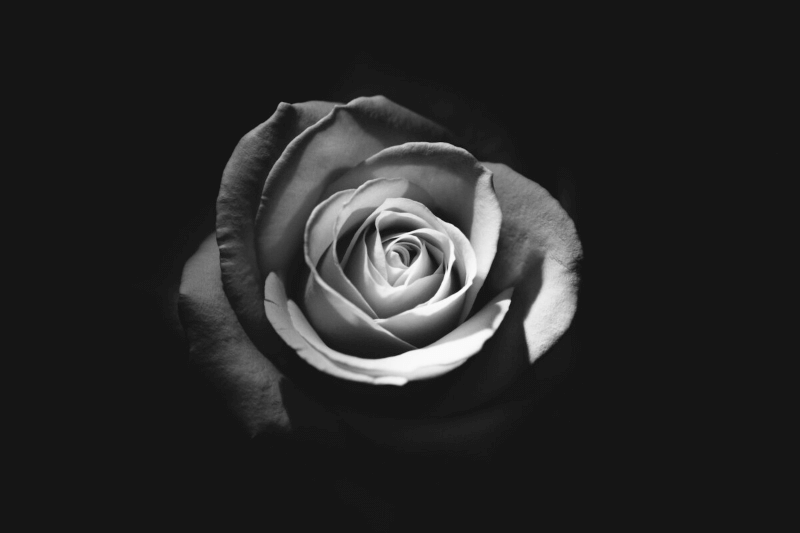Black culture is a complex tapestry of art, music, and history spanning the vivid rhythms of jazz to the bold designs of traditional African fabrics. Representing resilience, power, and beauty, flowers have been rather important in African American society. Ten flowers having particular significance and symbolism within black culture—each a potent mirror of the community they reflect—are examined in this essay.
Paradise Birds
Native to South Africa, the tropical bloom known as Strelitzia reginae, Bird of Paradise, is In black culture, its arresting looks and symbolic connotations make it important. Named for the bird discovered in New Guinea, their vivid orange and blue hues convey strength and beauty. Often used at customary events like weddings and funerals, it represents freedom, beauty, and grandeur in many African civilizations.
Native to Tanzania, the exquisite floral emblem of black culture—the African violet, or Saintpaulia—symbolizes power, beauty, and resiliency. It is utilized in floral designs for weddings and funerals and in cultural events such Kwanzaa. Apart from appearance, African violets are thought to have relaxing effects and are applied in traditional African medicine to cure conditions including anxiety and headaches.
Red Hibiscus.
Often employed in cultural and religious events, red hibiscus is significant in Caribbean society. Celebrated for its vivid hue and trumpet-like form, it stands for love, passion, fortitude, and resiliency. The red hibiscus is connected in black culture with overcoming hardship and flourishing in demanding surroundings. Traditional medicine and cuisine like the well-known Christmas drink, sorrel also make use of it.
Black-eyed Susan
Rudbeckia hirta, the black-eyed Susan, is a wildflower emblem of North America that stands for black culture’s persistence and fortitude. Its black center and brilliant yellow petals convey will and tenacity. The flower is a great present for support since it is also connected with inspiration and encouragement. Its celebration of happiness and delight speaks especially to minority communities.
Black Heracleum
In Black culture, the black orchid stands for strength, mystery, and authority. Under some lights, its deep, dark petals seem black, signifying beauty and fortitude. The black orchid’s rareness and special beauty mirror Black people’s tenacity in overcoming many obstacles. Representing pride, confidence, and endurance, it begs attention and respect.
Purple Conventions Flower
Though not specifically connected with black culture, the purple conefower, or Echinacea, represents fortitude and endurance—values firmly ingrained in black life. Native to North America, its therapeutic qualities have strengthened the immune system and battled illnesses by means of enhancement. Its vivid hue stands for optimism and hope—qualities sometimes connected with the black population.
Yellow Hibiscus
Hawaii’s state flower, the yellow hibiscus, stands for sun power, happiness, and delight. Black culture is ideal for happy events like graduations and weddings since it stands for hope and positivity. Traditional African medicine uses the flower for digestive and respiratory problems as well as in spiritual ceremonies for protection and wealth.
Magnolia
Often known as the “southern magnolia,” magnolia is connected in black culture with dignity, resiliency, and beauty. Acclaimed for withstanding severe conditions, its big, fragrant blossoms represent resilience and fortitude. Magnolias are connected in black culture—especially in the South—to the hardships and successes of African Americans. They represent black women’s resiliency as well as rich cultural legacy.
Keep Reading
Marigord
In African and African-American societies, marigolds are quite important culturally. Considered the sun and with protecting qualities, they are used in customary ceremonies and rites. Marigolds were worn in funerals and to honor ancestors in African-American culture. Used in Kwanzaa celebrations to symbolize unity, their vivid hues reflect strength and endurance.
Sunflower
Though not specific to black culture, sunflowers have grown to be somewhat common emblems in the society. In African mysticism, representing the third chakra, they stand for individual strength and self-esteem. Sunflowers were symbols of beauty and fortitude in art and literature throughout the Harlem Renaissance. These days, they are Black Lives Matter movement icons, standing for optimism, fortitude, and the ability to demand change.
In black culture, flowers are symbolic of persistence, strength, beauty, and legacy more than only lovely plants. Every flower described here has great meaning and reflects the rich and varied fabric of black culture. Whether they are emblems in movements, part of customs, or used in traditional rites and celebrations, these flowers remain essential in communicating the history and ideals of the black community.

